Mexico City is worth seeing, but we both decided to drive around the city and go to the temples of the sun and the moon in Teotichuan. Both of us had visited Mexico City before.
We went to the RV park in San Juan, it is a jumping off point for many overlanders and RV travelers. There we met a nice German couple, two Kiwis that had been on the road for a while and worked and studied while traveling, Marc the Frenchman, a plethora of knowledge with lots of helpful information, many more. The next day we spent all morning walking around the amazing temples of Teotichuan, climbing up and climbing down the temples and stairs. We talked about what it must have been like to live there before Cortez put an end to this period. Ran into Klaus from Passau, der Schlaraffe! (ein Männerbund, Schlaraffia is a worldwide German-speaking society founded in Prague (then Austrian Empire) in 1859 with a pledge of friendship, art and humor. )
Günter and I were born and raised in the Alps, our home towns just a few kilometers apart, and it is in the mountains where we feel most at home.
So we left and drove up to the pass between Popocatepetl and Iztaccihuatl, I remember the tounge breakers from School. There was a forlorn park office up there at Paso de Cortes with an almost empty showroom and one guy that never stopped watching his soap while he collected our park fee.
The gate then was opened by an old man and we drove up higher on a good dirt road until we were at 3976 m at La Joya, a staging area for climbers.
It was a great camp site with sweeping views of the valleys below and other volcanos in the distance. The air was thin and when we went to hike up Itza the next morning I knew I would slow Günter down, so I sent him ahead and decided to hike up a different trail to the opposite ridge. We both carry walky talkies for situations where we split up.
But in the afternoon the weather changed and clouds and fog rolled in, Günter got up at the 4500m level, but he had to turn around and come back. Nevertheless, it was a great hike with beautiful vistas, birds and rabbits (the smallest rabbit race in the world).
The only other people we met were some Mexican mountaineers and a couple from Austria (Linz) and their Mexican guide.
Popo was quite active and glowed red at night. We spent two nights up there and could have stayed longer, but the altitude headaches were bothering us and warmer temperatures down below were beckoning (at the camp site there was frost on the ground every morning).
So we drove down the east side of the pass to Metepec, a very nice little town with a park that is a converted textile factory. We took a vacation from the vacation, had a nice spot between the trees to park the camper, clean facilities and the best showers in Mexico. There were several swimming pools, a museum and hotel lobby with wifi. With our bicycles we explored the nearby villages, stopped a while at Atlixco – an interesting town, and rode through fields of roses and other flowers that are grown here for sale in the US and locally.
Our Spanish is getting a little better and we can now talk to the people when we wonder why they do this or that or where things are or the weather or ……
Mixteca Alta – the cool verdant roof of Oaxaca.
Instead of taking the toll road, we decided to take the long road to the city of Oaxaca and drove south toward the western highlands, the land of the Mixtecas. An indigenous tribe “People of the clouds” have lived there for thousands of years. The women wear colorful hand-woven long dresses to keep them warm, underneath is a black skirt and a blouse, when it gets warm they hitch up the dress and tie it to their waist. As you drive from town to town you can see the women in those dresses (huipiles). Most of them do not want their picture taken, so I only have some photos from their backs.
The countryside is beautiful, the mountains covered with pine and oak forests, little farms dot the hills, goats, sheep and pack animals are beside (and on) the roads. Not many people drive here and we did not see any “white” people for several days.
We stopped in Tonala for great street food, Laguna Encantada (nice but crowded with Mexican bathers) and spent a few days at San Miguel de la Cueva, a quiet little town with a great camp spot by a pond and the entrance to a limestone cave.
Günter grabbed our head lamps and we hiked through the cave – following the creek – and came out the other side. Wow, there were stalactites and bats and ferns on the cave ceiling, the gurgling stream beside us. This area is great for hiking in the hills and pine forest, we packed a lunch the next day and folowed the goat herdres trails up into the hills. A beautiful hike with great vistas.
Goat herders and farmers pass by the campsite in the morning on their way to their fields, and again in the evening. They grow broccoli this time of year up there and will bring some back on their way home if you ask. It was great!
When we continued our travels we drove farther into the mountains, one day we decided to take the next turn off and drive to next town town to find some lunch.
That is fun, we never know where we end up and often it is a nice surprise. Most towns have food stalls and we have been eating great food from street vendors. Tortillas, tamales, birria or barbacoa, it is all good and – NO – we have never had a stomach upset yet. Knock on wood. After driving a few kilometers on that road we ended at a village and we parked by the school.
Several people came over to look at the camper and one of the men approached us in English. He had been in the US for seven years, laying carpets in Georgia. Like so many other ex migrant workers in the US we have met, he had heart wrenching stories about the trip to “El Norte”. When Guenter told him that he is a fisherman, the man wanted to show us the fish pond on his farm. The town is not very big and the people grow beans, corn and vegetables on terraced fields. Martimiano, our new friend showed us his fields, the cave entrances on his property and of course, his fish Pond.
(The sacred cave is farther down the hill, it is big and full of stalactites and bats, every year in May, on Holy Cross day, the priest holds a mass in that cave.) Martimiano and Günter hit it off and talked about raising fish and pond building. Martimiano invite us to his house and we climbed up the hill, actually their home consists of three little houses made of wood. The old one housed the children (two teenagers out of seven children still live at home), the middle house was the kitchen (with an open fire) and nerve center, the newer house in front was where the parents slept and where the loom stood. The floors were compacted earth and swept every day. There were fruit trees, flowers, pumpkins and watermelons, a vegetable garden, several turkeys, a horse,pigs and dogs, a demazcal, water trough and stacks of wood for cooking. While we stood there and marveled at a beautiful scented yellow orchid growing in a tree, Martimianos wife Maria Paula came home, horse in tow. Both she and the horse were loaded with wood she had gathered all day, she had gone four miles one way he told us.
Maria Paula spoke very little Spanish and the family conversed in Mixtec. She had a sparkle in her eye when she was talking and was very friendly. We all sat in front of the house and tried to talk, it was so interesting to hear their stories about life. About having to raise children without a father when he was gone for seven years and just sent money. About a conflict with the neighboring town, it came to a head in the 1940s with 300 people killed (Martimiano showed us the mass grave and we saw human bones sticking out of the dirt where the grave had eroded). Nevertheless, they are happy and love their family, fiestas and food. We ended up staying for dinner and watched Maria make blue tortillas, pozole, eggs and salsa, all served with mole sauce, more salsa and roasted pumpkin seeds.
Their niece and her children came over from next door and ate with us. It was delicious, we ate out of clay bowls. They also had green coffee beans, they dry and roast them as they go. It was very good coffee.
When I inquired about their culture and traditions Maria brought out one of her national costumes and a photo album. She wanted me to put on the “huipile” and I did, well part of it anyway. I was way too tall for the skirt, the Mixtec people are small.
Late that evening we promised to come back up the next morning, Maria wanted to show me how to make tortillas, and then we walked down the hill back to our camper. We had been told by city hall (one guy) to park near the communal tractor because it is a save place. I guess they guard their tractor :-).
When I climbed the hill again the next morning I reflected on all the little trails from house to house, field to field, everybody was busy walking on those trails. Old people slowly navigating the steep rocky paths, children skipping down an their way to school, men with donkeys or horses heading to their fields. Everybody smiling and passing me with a happy “Buenas dias”. That’s what it must have been like in my home town a hundred years ago, I thought to myself.
Breakfast was another fiest of blue tortillas, eggs, salsa, red mole and boiled chayotes.
We gave them the last two pieces of smoked salmon from our freezer and said our farewells later that day. They packed up a bag of more tortillas, ground coffee and boiled chayotes for the trip. Then they made us promise to stop by on our way back from Argentina and we did.
(If you are interested in a visit, please send us an e-mail: caviar at alaska dot net)
On we drove through mountains and pine/oak forests, past wooden houses and log cabins, high rocky peaks, fertile valleys and waterfalls. A very beautiful area. The Dominicans were everywhere many years ago and the result are many many churches, some restored, some crumbling.
We could have stayed a lot longer…….When we were at Cascada Esmaralda at Santiago Yosondua we camped in the yard of a little restaurant with a very nice family that fed us chicken soup and fresh sweet bread. Camping was free and the toilets new and very clean.
A beautiful waterfall and hanging Bridge.
We planned to take the (dirt) back roads to Oaxaca from there. After talking to some locals though we changed our mind, they said that a few of the remote little towns on the way there are feuding and they themselves would not go to that area because ” everybody carries guns”. That was enough for me and while Günter was still debating the route I was sure I did NOT want to go there. The road was one lane and rough and steep in places to boot.
We backtracked instead and drove the longer but saver road with a stop in San Miguel de Achiutla and on to the beautiful city of Oaxaca.
(We had some issues with the camera so the photos are bad quality, sorry.)


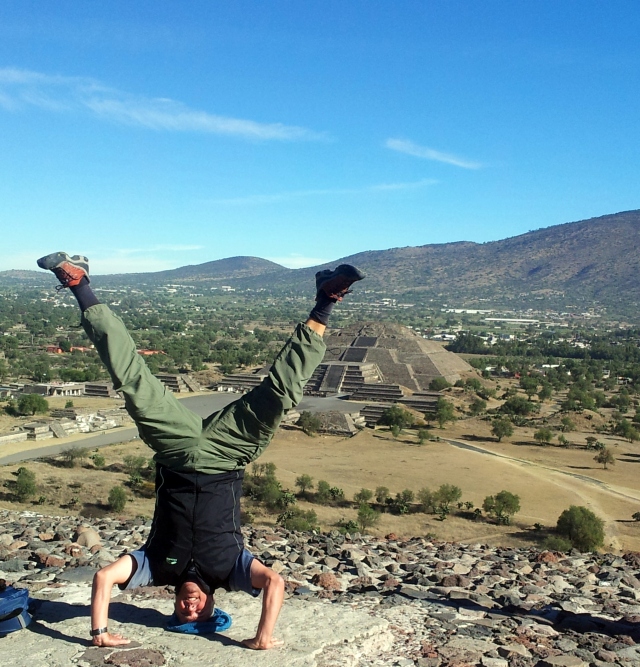
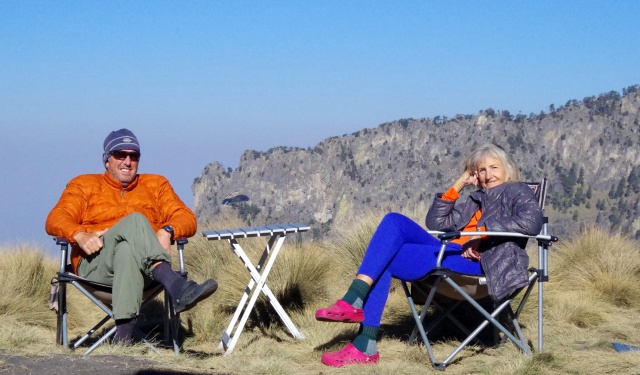
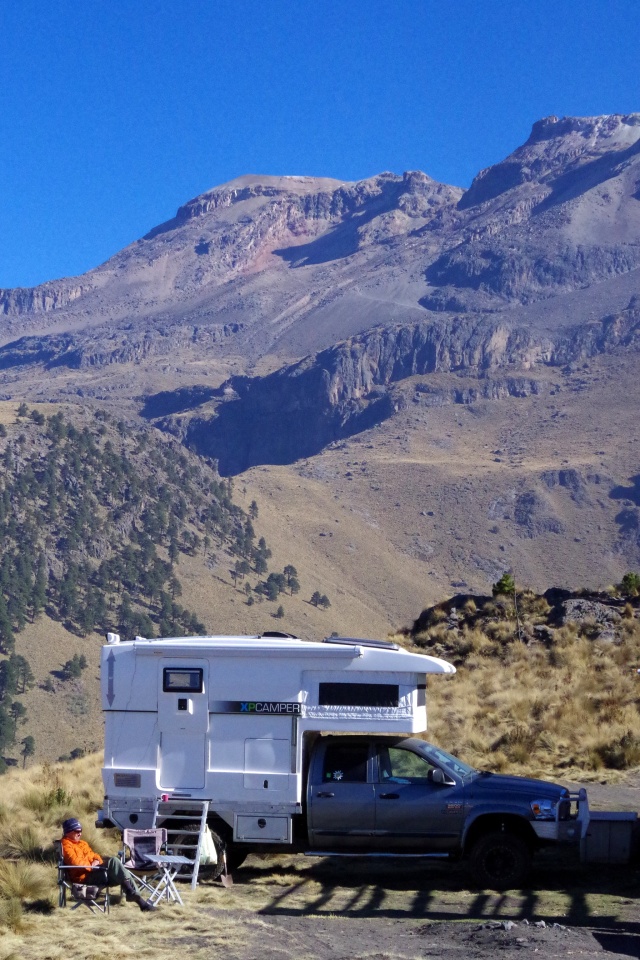

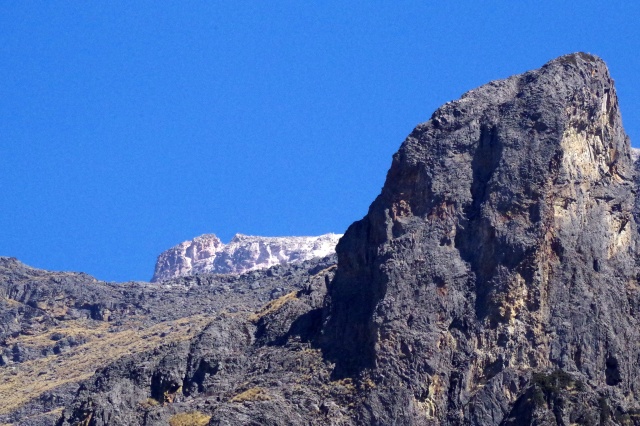
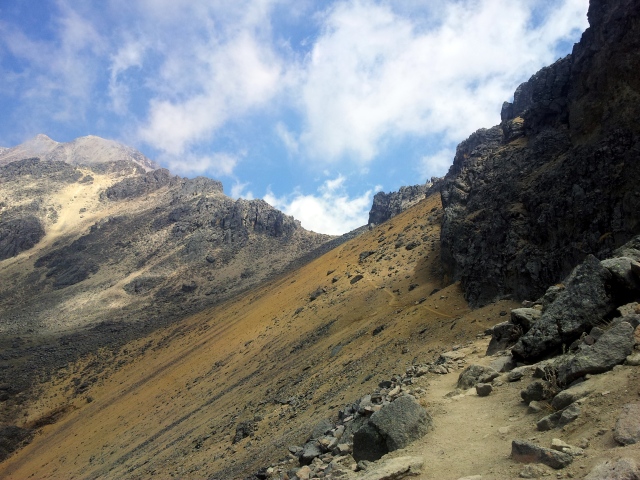


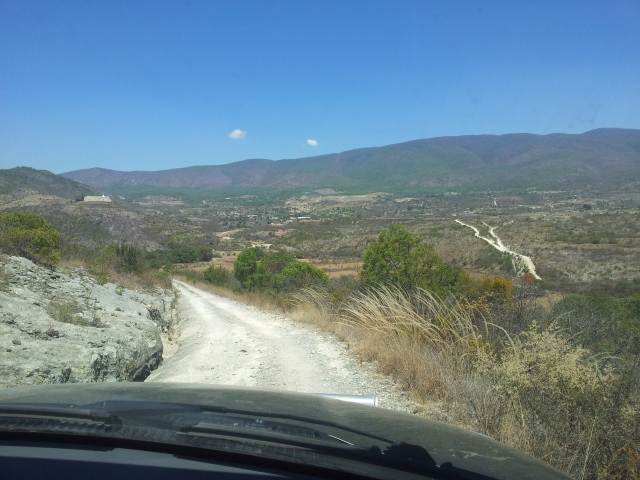

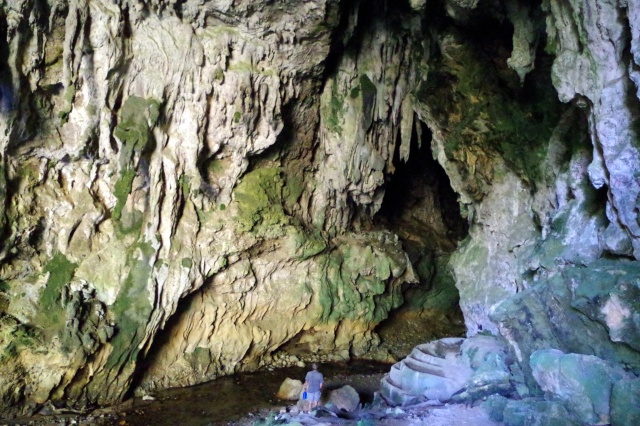
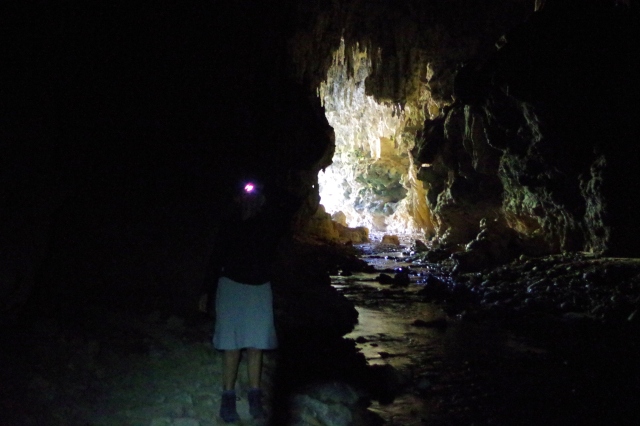

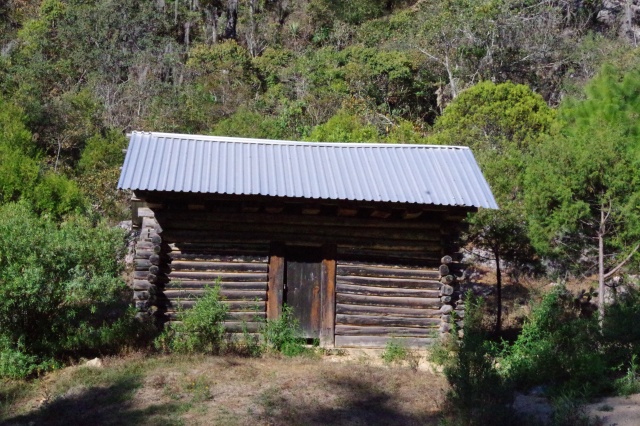
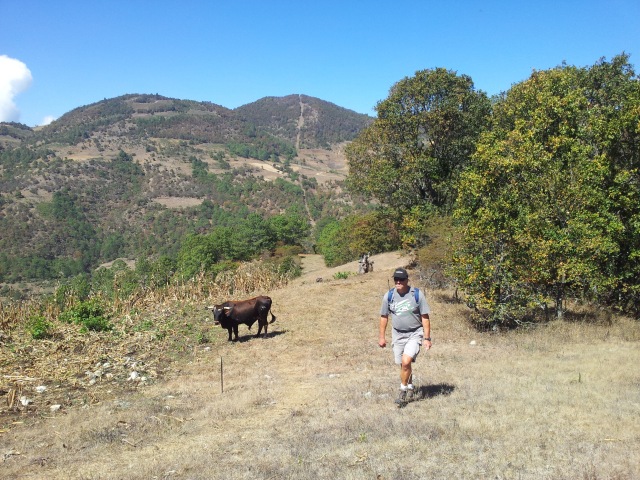


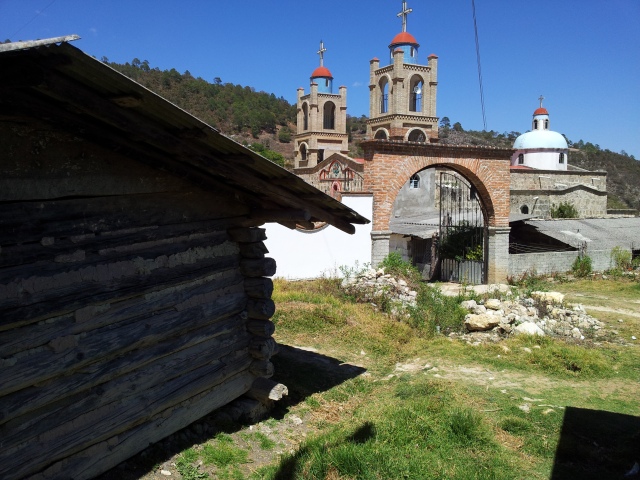

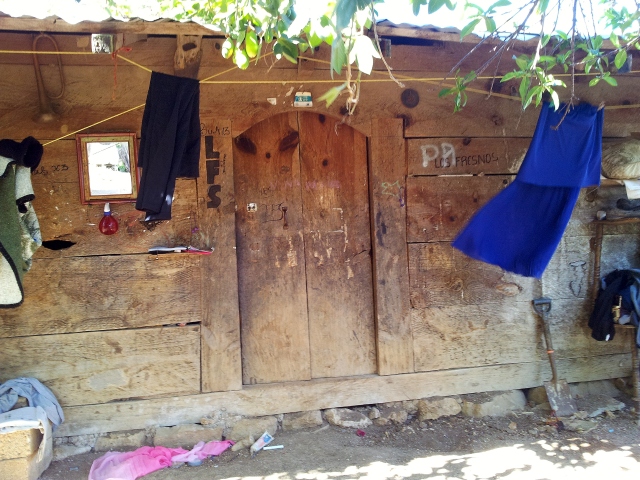
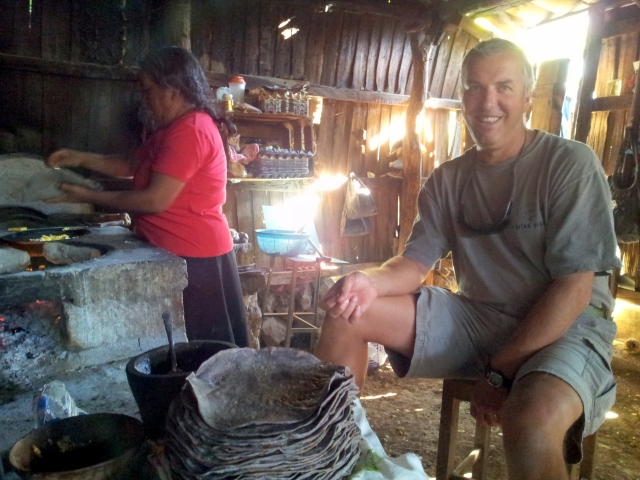
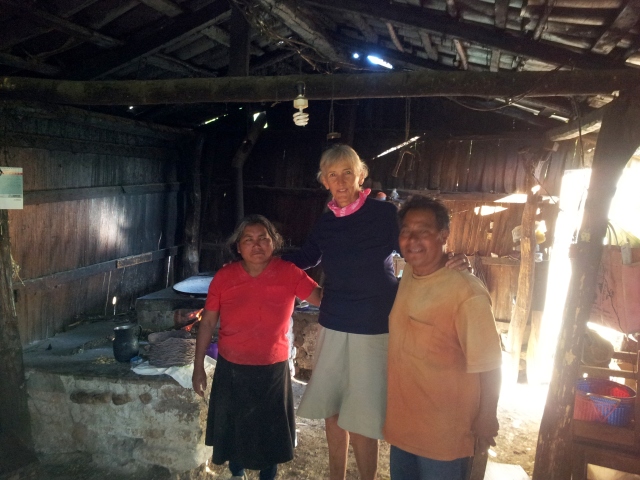
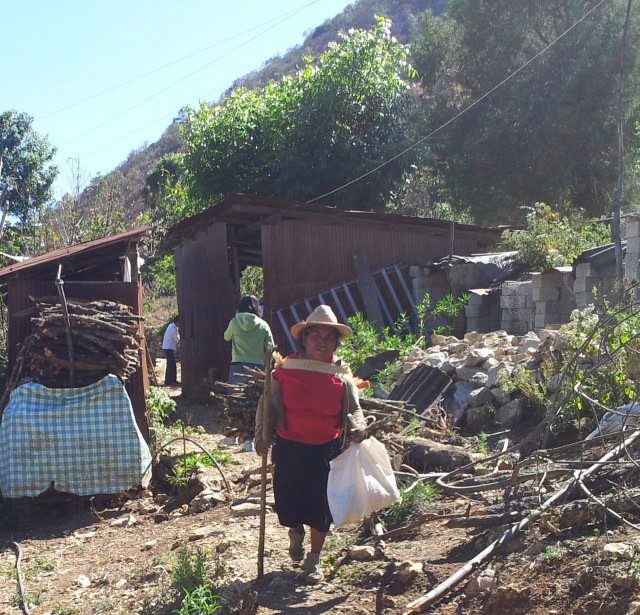

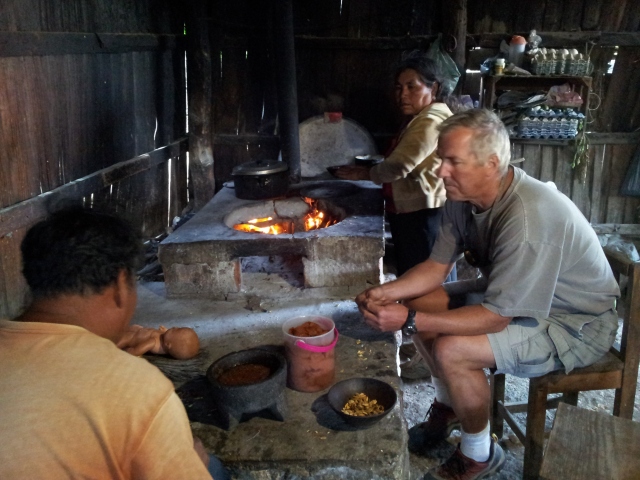
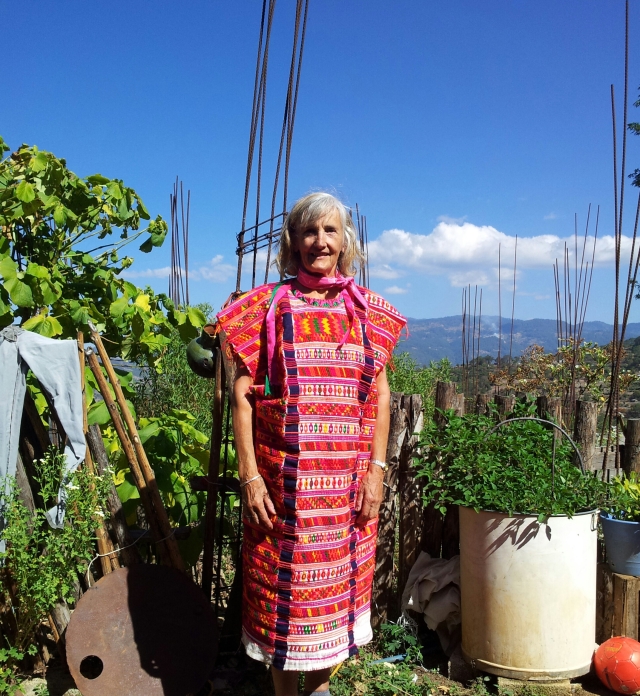
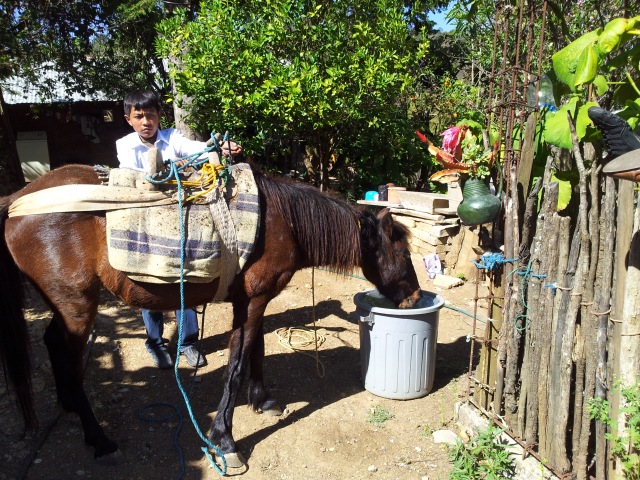
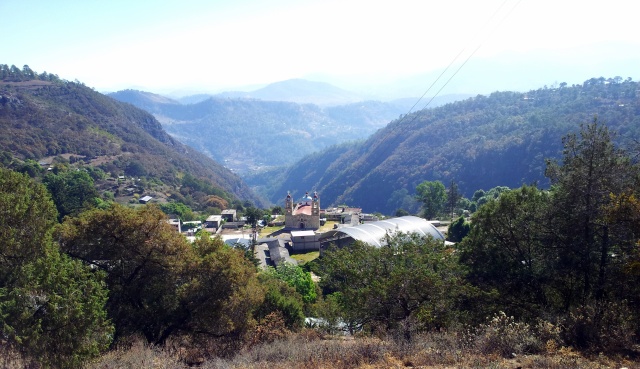

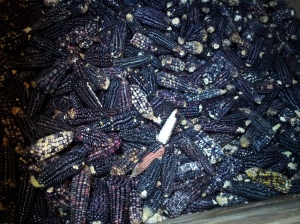
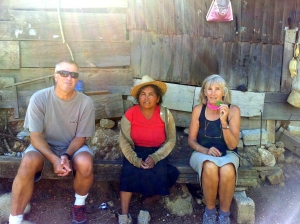
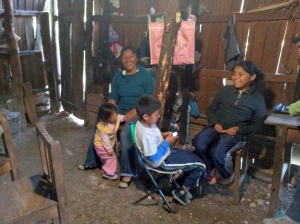
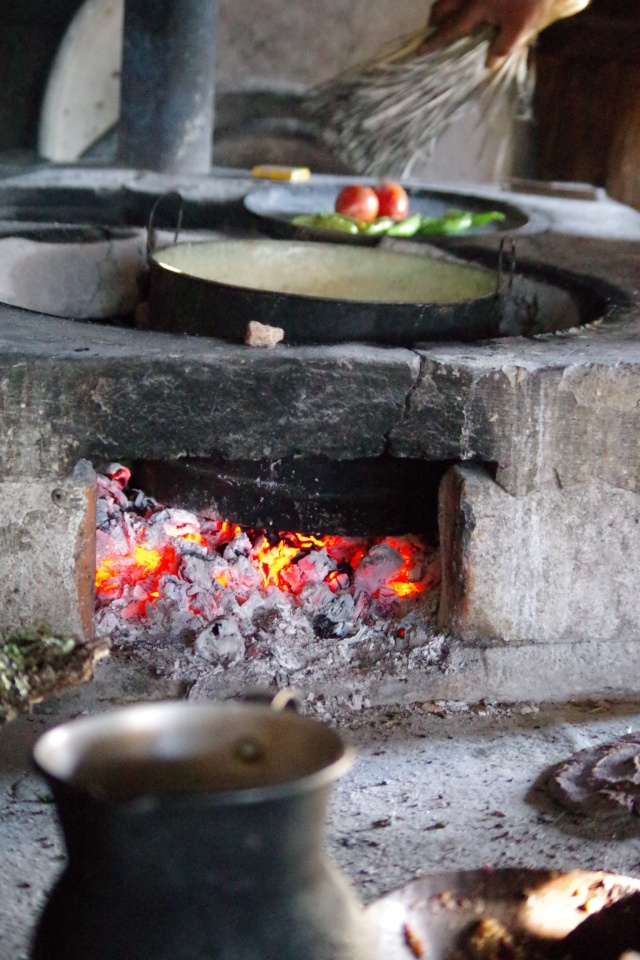

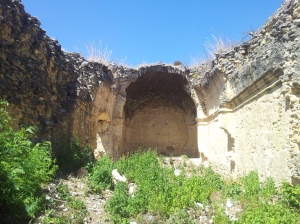


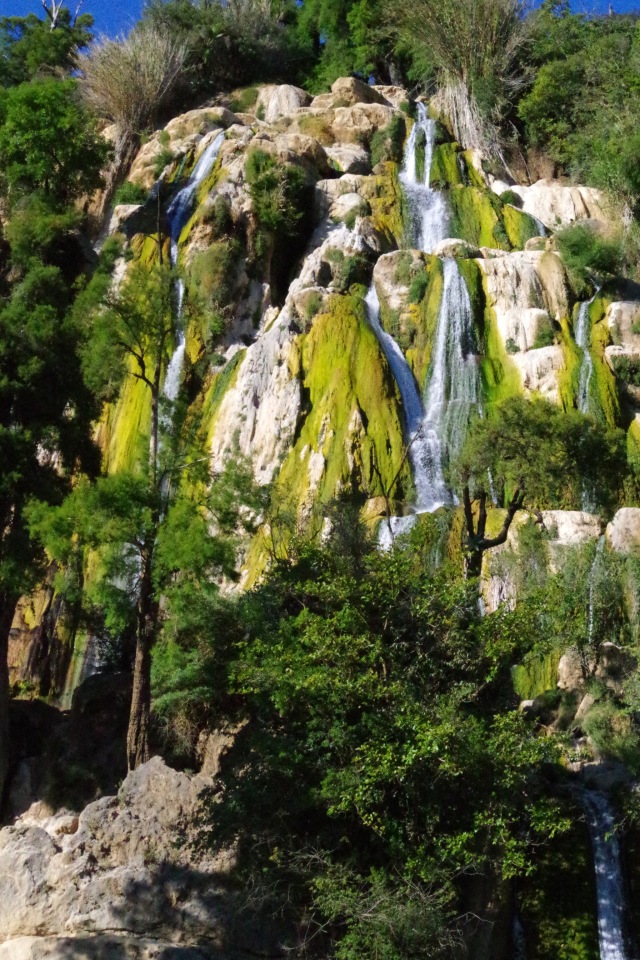
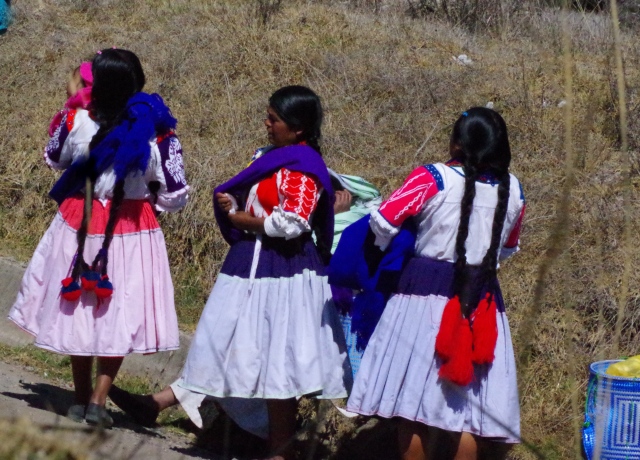
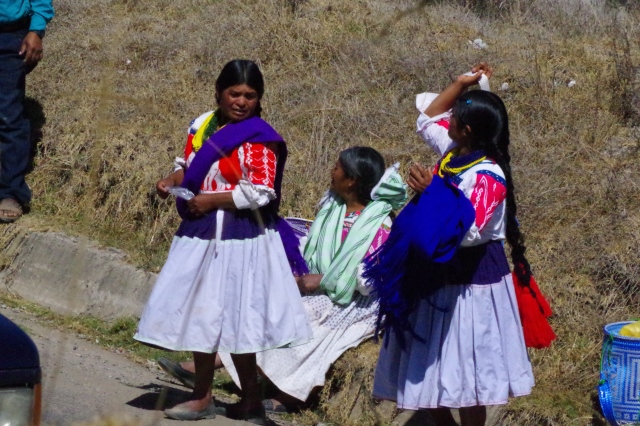

The amazing narrative continues! Thanks for taking us along! You are making rapid progress through Mexico, according to your map. But you’re obviously taking your time to enjoy the local people and spectacular sights. So much fun! Gracias!
LikeLike
Thanks Judi, I was behind with the blog and since we have wifi right now I posted another one. Still behind…We have been in Mexico for 4 months and barely touched it.
LikeLike
Unglaublich schöne Erlebnisse, die ihr da mit der Kamera einfangt! Wisst ihr, wie hoch es dort war, wo ihr Kopfweh bekommen habt? Und sind die Popcorn dort auch lila?! 😉 Ich wünsche euch weiterhin eine sichere und traumhafte Reise, ihr Lieben!!
LikeLike
Danke liebe Claudia. Ja blaues Popcorn! Das Kopfweh kam bei ca 4000 m. Nicht schlimm aber lästig.
LikeLike